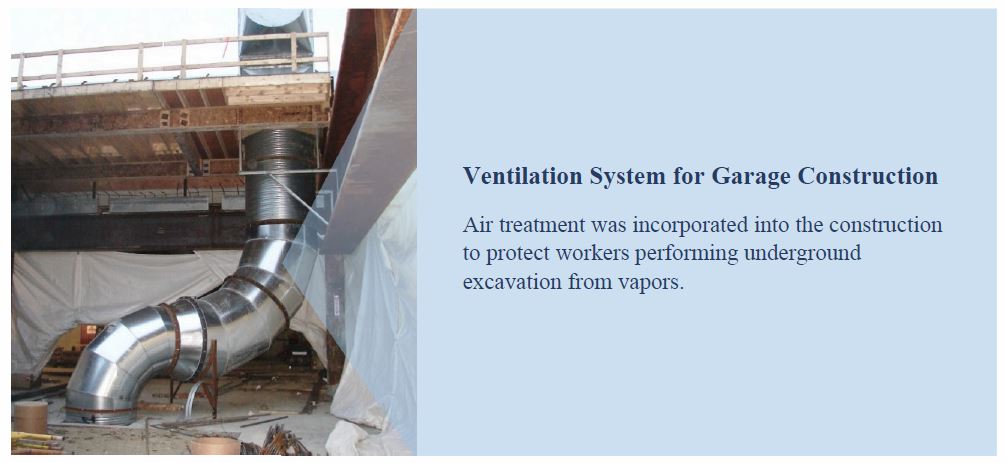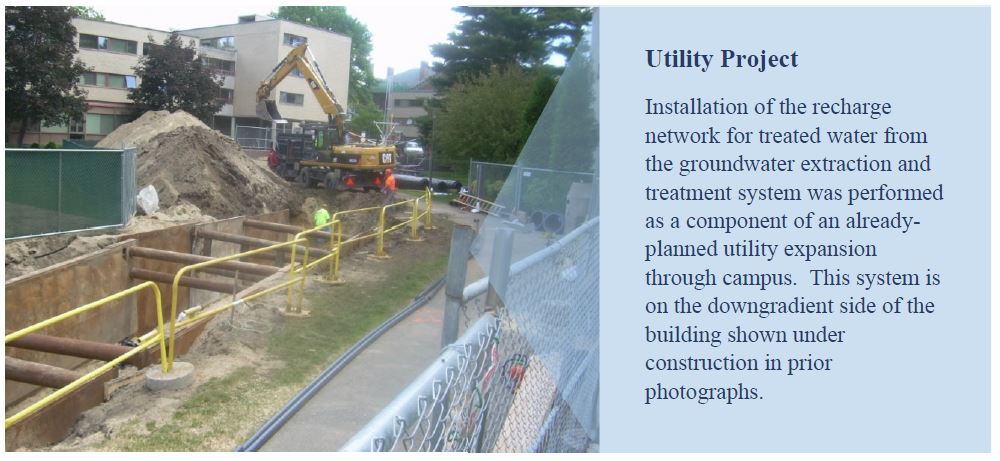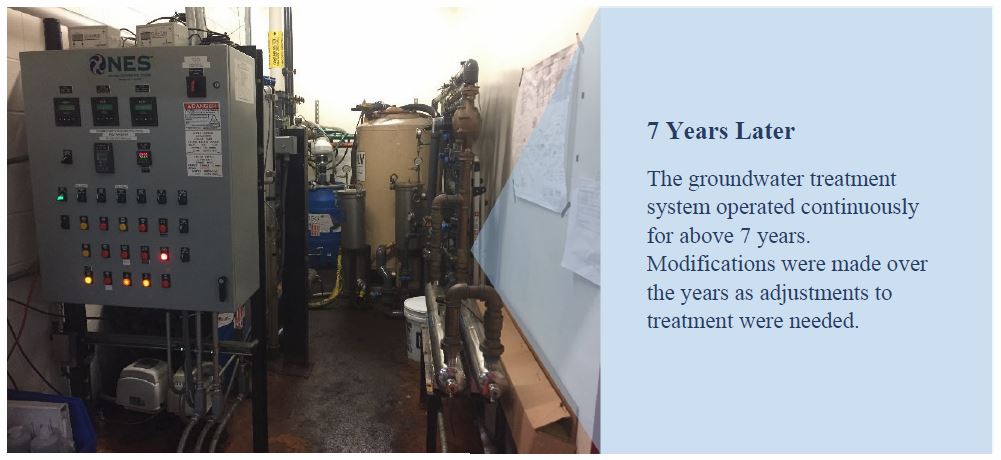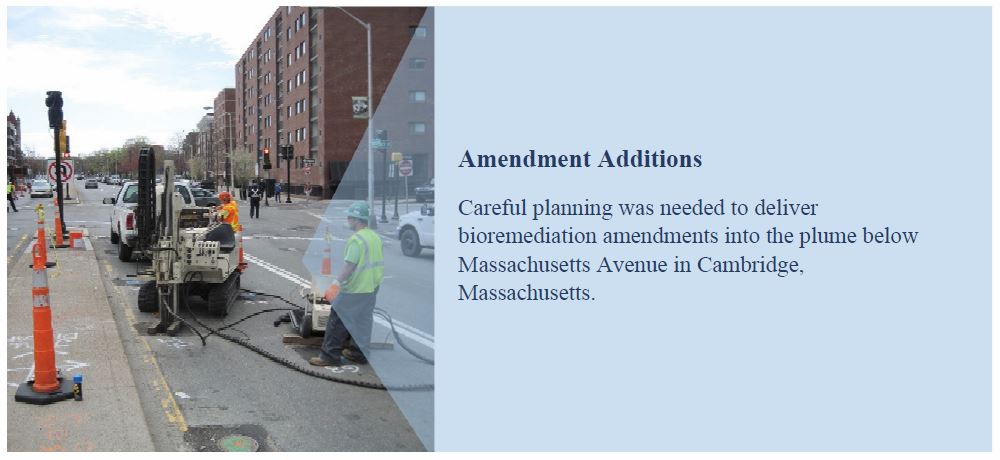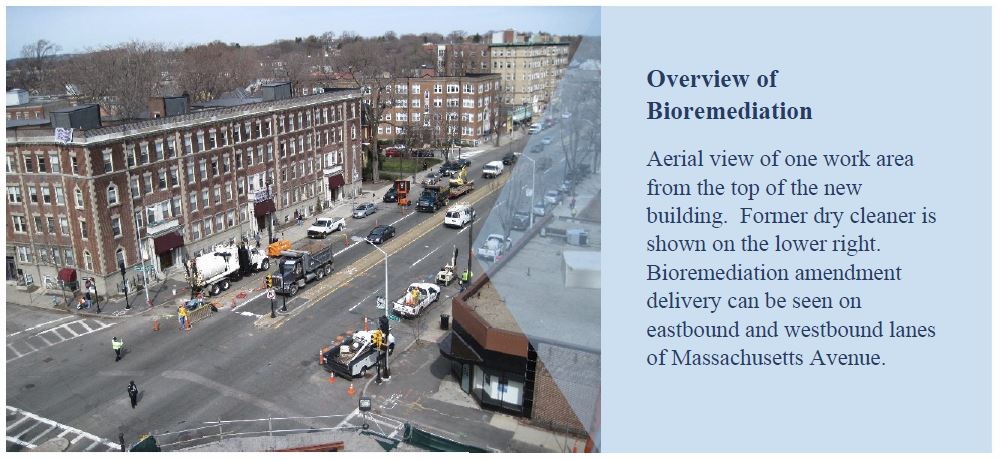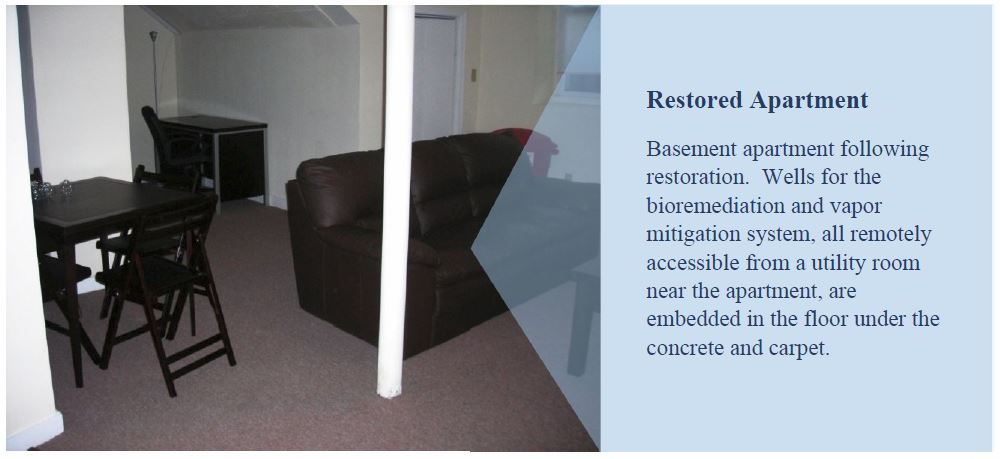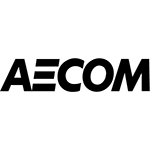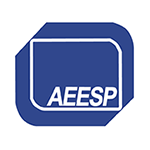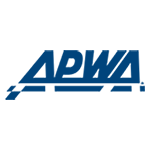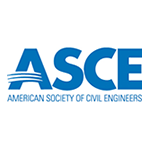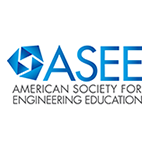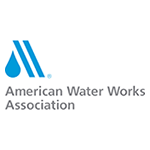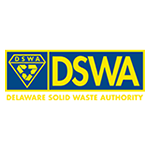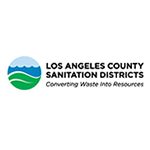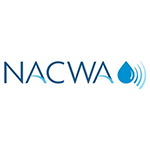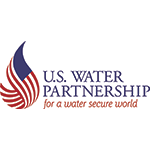- Home
- Contact Us
- News & Events
- Awards
- AAEES Awards Criteria
- 40 Under 40 Recognition Program
- Edward J.Cleary Award
- Excellence in Environmental Engineering and Science Education
- Gordon Maskew Fair Award
- Honorary Member
- International Honorary Member
- Ralph and Joe Bales Graber Science Award
- Stanley E. Kappe Award
- Environmental Communications Awards Competition
- Excellence in Environmental Engineering and Science Competition
- The AAEES Chapter Blue Marble Award
- Resources
- AAEES Microcredentials
- AAEES Press Releases
- AAEES Website How To VIdeos
- Environmental Engineer and Scientist
- Environmental Engineering Body of Knowledge
- PFAS Resources
- Specialty Examination Guide
- Students and Young Professionals Resources
- Who's Who in Environmental Engineering & Science®
- Leadership Opportunities
- Membership
- Donate
- Jobs
2020 Excellence in Environmental Engineering and Science® Awards Competition Winner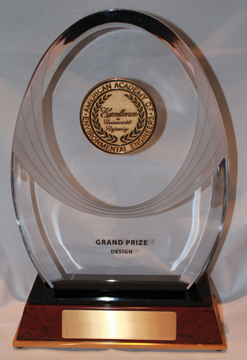
Grand Prize - Environmental SustainabilitySuccess of an Integrated Approach for Groundwater Clean-up Beneath an Urban University CampusEntrant: Geosyntec Consultants, Inc. Entrant Profile Geosyntec Consultants, Inc. works with cities, counties, and public and private entities promoting sustainable economic redevelopment benefitting all parties on sites that may be complicated by actual or perceived environmental contamination of soil or groundwater. As a multidisciplinary, full-service, environmental and engineering firm, Geosyntec has over 1,400 practitioners in 80 offices on 3 continents. We offer an extensive set of tools for site cleanup and reuse and can provide solutions for the array of environmental issues that can arise during each stepevaluation, design, and construction. From former commercial properties to industrial complexes to manufactured gas plants, our practical experience and innovative remedial designs have enabled our clients to make economically sound, regulatory-compliant, and risk-based management decisions for remediating and redeveloping contaminated properties. In 2008, while preparing to construct a new building, Geosyntec's client, Harvard University, discovered cleaning fluids from a nearby dry cleaner below their campus, including over the footprint of the new building. Harvard University needed to resolve this situation quickly, so they assembled a premier team of engineers and consultants — including Geosyntec Consultants and Haley and Aldrich — to develop an innovative and aggressive approach to remove this contaminant from the subsurface. The Geosyntec team for this project included many Geosyntec professionals from at least four of our U.S. offices. The success of the project is also attributable to our partnering companies that were involved in the remediation. Our partners are acknowledged below.
Project DescriptionBackgroundAs Harvard was initiating construction of a cornerstone building to boost the academic and social resources on the Harvard campus, subsurface investigations identified perchloroethylene (PCE) in soil and groundwater at the construction site. The source of the PCE was a nearby dry‐cleaner. The situation presented a monumental challenge ‐ Harvard needed an innovative and aggressive solution to address risks to human health and the environment while keeping the construction project on schedule and minimizing disruption to residences and university/student life. The project was complex with numerous challenges: the size and location of the impacted area which included an urban intersection in Cambridge, occupied retail and residential buildings and an active university campus. Remedial ActionAt the start of the project, immediate issues included addressing air quality at residences and university buildings and minimizing health and safety issues for construction workers. The underground garage of the new building was being built using a top‐down method (concrete slurry walls were constructed first and then in sequence from top to bottom, floor slabs were poured and underlying soil mined until the excavation reached 70 feet below the ground surface). Due to the potential presence of PCE, a massive vapor collection and treatment system was incorporated into the construction design. Meanwhile, the team identified the extent of PCE using groundwater monitoring wells installed throughout the surrounding areas, including the Harvard campus, City rights‐of‐way, and private properties. Geosyntec developed a three‐dimensional conceptual site model using environmental visualization software to identify contaminant migration amidst dense infrastructure that included a subway, a 20‐inch City of Cambridge water main, and a 48‐inch City of Boston water main (cast iron and dating back to the 1890s), multiple sanitary sewers lines (8‐inch to 40‐inch) and two gas mains, among other interesting obstacles (e.g., the new four‐story underground parking structure that diverted groundwater flow and PCE migration). This model was the basis for developing the remediation plan for the 12‐acre PCE plume. The site's size and complexity required a multifaceted remedy. Geosyntec subdivided the site into four regions based on land use, and then designed and implemented distinct and complementary remedies for each region of the site – these remedies addressed the varying site conditions and limitations. The selected remedies included a mixture of targeted soil excavation, vapor mitigation, targeted groundwater extraction, enhanced natural attenuation, and in situ bioremediation. In situ enhanced bioremediation ‐ a passive, destructive and low‐energy remedy ‐ was the main, long‐term technology used to destroy most of the contaminant mass. This remedy component was implemented beneath the former dry cleaner, through the basement floors of an affected apartment building and beneath Massachusetts Avenue – Cambridge's main thoroughfare. Selected as a sustainable and passive technology, bioremediation consisted of injecting emulsified vegetable oil and a bacterial culture (KB‐1) into affected groundwater to provide favorable geochemistry, a carbon source and necessary bacteria for biological reductive dechlorination of the PCE. A groundwater extraction‐and‐treatment (or pump‐and‐treat) system was also a key component of the remedy. Unlike a typical groundwater pump‐and‐treat system that flushes contaminant mass from an aquifer, the pump‐and‐treat system Geosyntec designed was used to hydraulically control the PCE plume until the bioremediation remedy could substantially reduce the contaminant mass. An innovative aspect of the system was that it was also designed to create historical groundwater hydraulics by pumping groundwater from one side of the new underground garage and transporting it to the opposite side of the garage where it was re‐injected (following treatment). To meet Harvard's goals of minimizing student/facility/public impacts, the system was creatively designed to fit into one parking space of the new underground garage (i.e., invisible to the public and preserving space on the Harvard campus). With Harvard's sustainability goals in mind, the system recharged treated groundwater into the aquifer downgradient of the garage, attenuating the tail of the PCE plume and ensuring that the project had a neutral water balance. To maximize economic benefit, treatment system construction was integrated into building construction and installation of the downgradient recharge system was incorporated into an already‐planned utility expansion at Harvard. Two components of the integrated approach were uniquely innovative: (1) subletting an off‐site basement apartment to implement bioremediation and vapor mitigation under the apartment building, and (2) using the original 100‐year‐old, cracked sewer lateral from the drycleaner to add bioremediation amendments into the PCE source area below Massachusetts Avenue. Both steps avoided expensive and disruptive street opening, reduced health and safety risks, and accelerated cleanup. OutcomeThe integrated remedy reduced PCE concentrations in groundwater by many orders of magnitude, exceeding the client's expectations. As part of satisfying Harvard's social and sustainability goals, the project had virtually no impact on campus operations; student, faculty, and staff daily life; nearby residents; or the public. Even the new building, which represents a massive social and educational advancement for Harvard and was finished approximately two years into the project, did not experience any interruption in construction, occupancy or use limitations. Moreover, the derelict dry cleaner building was also removed as part of the project and replaced with another new building that provides retail and office space – another social and economic improvement. In 2019, this complex site achieved permanent closure under Massachusetts' regulations. SustainabilityProject accomplishments in terms of sustainability are impressive. The bioremediation remedy that was used destroyed the vast majority of PCE mass using biological (zero energy) methods. The remedy was also water neutral in that all groundwater pumped from the site to control hydraulics was re‐injected, so the project had no off‐site discharges. Electrical demand from the project was minimal, consisting of several small fans for vapor intrusion mitigation and three small (<1 HP) groundwater pumps. The project also had zero health & safety incidents during its 10‐years. Perhaps most impressive is the public/social benefits gained from this project ‐ this decade‐long project caused no disruptions to Harvard capital improvements, operations or student life, and was virtually invisible to the thousands of students, staff, faculty and the community members who work and live in this area. Click images to enlarge in separate window.
Click here to return to the list of 2020 winners. |


